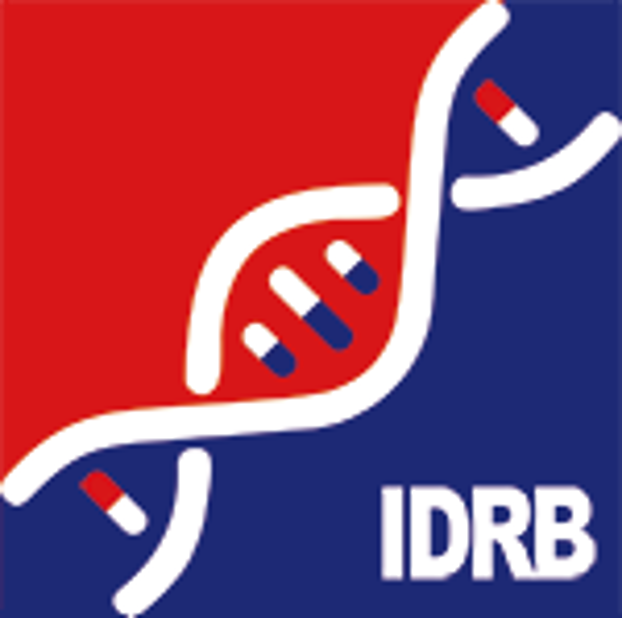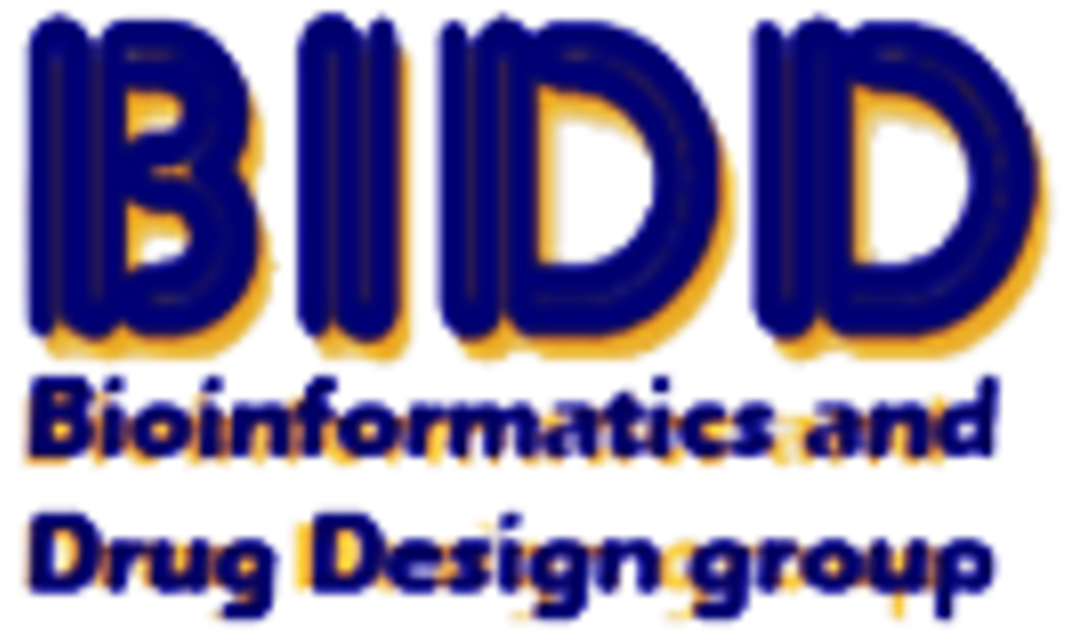| References |
Top |
| REF 1 |
Architecture of the human interactome defines protein communities and disease networks. Nature. 2017 May 25;545(7655):505-509.
|
| REF 2 |
Hypoxia inhibits protein synthesis through a 4E-BP1 and elongation factor 2 kinase pathway controlled by mTOR and uncoupled in breast cancer cells. Mol Cell Biol. 2006 May;26(10):3955-65.
|
| REF 3 |
Regulation of the rapamycin and FKBP-target 1/mammalian target of rapamycin and cap-dependent initiation of translation by the c-Abl protein-tyrosine kinase. J Biol Chem. 2000 Apr 14;275(15):10779-87.
|
| REF 4 |
Panorama of ancient metazoan macromolecular complexes. Nature. 2015 Sep 17;525(7569):339-44.
|
| REF 5 |
Cellular stresses profoundly inhibit protein synthesis and modulate the states of phosphorylation of multiple translation factors. Eur J Biochem. 2002 Jun;269(12):3076-85.
|
| REF 6 |
The translation initiation factor eIF-4E binds to a common motif shared by the translation factor eIF-4 gamma and the translational repressors 4E-binding proteins. Mol Cell Biol. 1995 Sep;15(9):4990-7.
|
| REF 7 |
Protein interaction network of alternatively spliced isoforms from brain links genetic risk factors for autism. Nat Commun. 2014 Apr 11;5:3650.
|
| REF 8 |
Amino acid-induced stimulation of translation initiation in rat skeletal muscle. Am J Physiol. 1999 Dec;277(6):E1077-86.
|
| REF 9 |
Phosphorylation of eIF4E Confers Resistance to Cellular Stress and DNA-Damaging Agents through an Interaction with 4E-T: A Rationale for Novel Therapeutic Approaches. PLoS One. 2015 Apr 29;10(4):e0123352.
|
| REF 10 |
Postnatal deamidation of 4E-BP2 in brain enhances its association with raptor and alters kinetics of excitatory synaptic transmission. Mol Cell. 2010 Mar 26;37(6):797-808.
|
| REF 11 |
A novel functional human eukaryotic translation initiation factor 4G. Mol Cell Biol. 1998 Jan;18(1):334-42.
|
| REF 12 |
An empirical framework for binary interactome mapping. Nat Methods. 2009 Jan;6(1):83-90.
|

